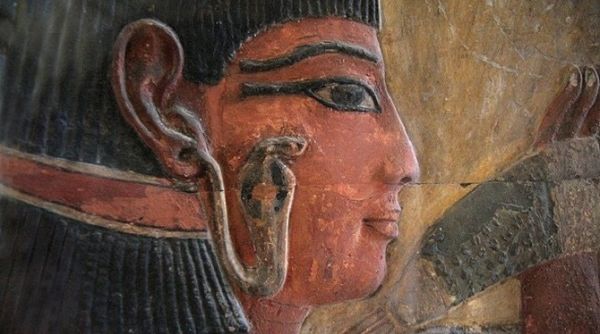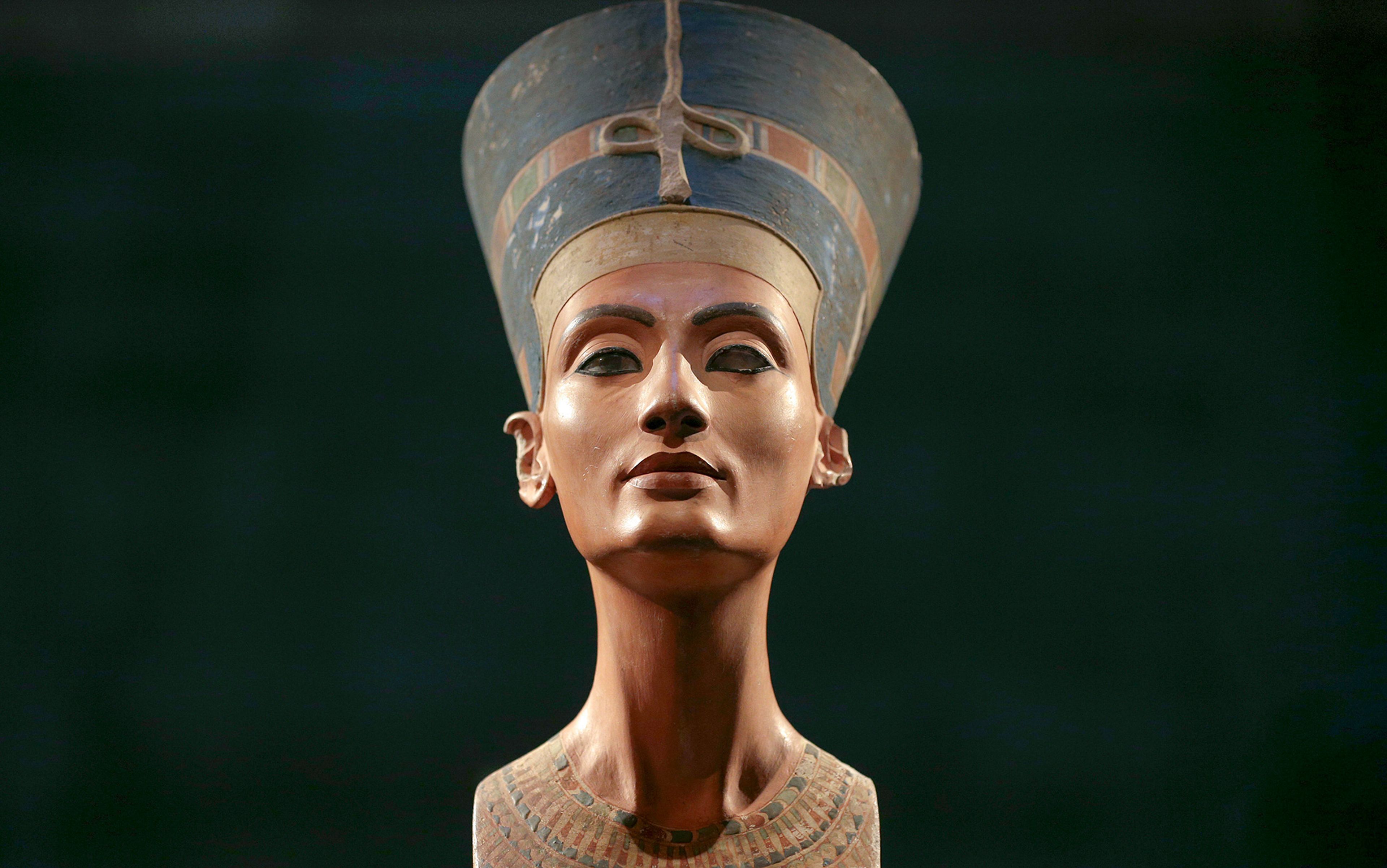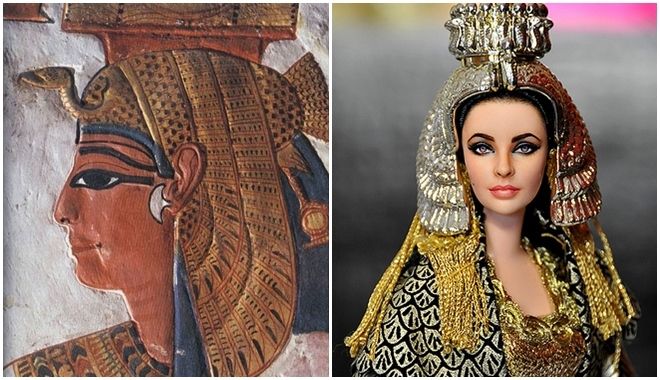Queen Nefertiti, one of the most iconic figures of ancient Egypt, was the wife of Pharaoh Akhenaten and lived during the 18th Dynasty (circa 1370-1330 BCE). Renowned for her stunning beauty, she played a pivotal role in one of the most transformative periods in Egyptian history.
Icon of Beauty
Nefertiti’s image is often idealized in ancient art, symbolizing beauty and elegance. Her famous bust, discovered in 1912 by archaeologist Ludwig Borchardt, stands as one of the most recognizable artifacts of ancient Egypt. The exquisite craftsmanship of the bust highlights the artistic prowess of the period and Nefertiti’s prominent status in society. The detailed features and realistic portrayal in the bust exemplify the artistic advancements of the time, making it an enduring symbol of ancient Egyptian artistry.

Religious Revolution
As the spouse of Akhenaten, Nefertiti was central to the religious revolution that saw the worship of Aten, the sun disk, become the focal point of Egyptian religion, marking a significant departure from traditional polytheistic beliefs. This shift not only affected religious practices but also influenced art and culture during the Amarna Period, leading to a more individualized representation of deities and the royal family. Nefertiti’s role as a high priestess and her participation in rituals underscore her significance in this transformative phase of Egyptian spirituality.

Political Influence
Nefertiti was not just a queen but also a formidable political figure. She is frequently depicted alongside Akhenaten in various reliefs, which suggests she wielded considerable influence in state affairs. Some historians even argue that she may have served as a co-regent or held significant power in her own right, challenging traditional gender roles in ancient Egypt. Her portrayal in art and inscriptions often reflects her active involvement in governance, further cementing her status as a key figure in the political landscape of the time.

Motherhood
Nefertiti is believed to have been the mother of six daughters, including Ankhesenamun, who later became the wife of Tutankhamun. This connection further entwines her with the royal lineage and highlights the importance of female dynastic ties in ancient Egypt. The representation of her daughters in various artworks not only emphasizes Nefertiti’s role as a nurturing mother but also reflects the significance of female lineage in maintaining royal succession and power.

Mysterious Disappearance
After approximately 12 years of Akhenaten’s reign, Nefertiti seemingly vanishes from historical records, sparking speculation about her fate and the reasons for her absence from subsequent inscriptions. Some theories suggest she may have died, while others propose that she assumed a new identity or even ruled as Pharaoh herself after Akhenaten’s death. This ambiguity adds to her mystique and intrigue, making her one of the most fascinating figures in ancient history. The absence of concrete evidence regarding her fate continues to fuel scholarly debates and public fascination.
Nefertiti’s legacy continues to captivate scholars and enthusiasts alike, representing not only a powerful queen but also a symbol of beauty, religious transformation, and political influence in ancient Egypt. Her life and the mystery surrounding her disappearance serve as a testament to the complexities of female power and the rich tapestry of ancient Egyptian civilization.
